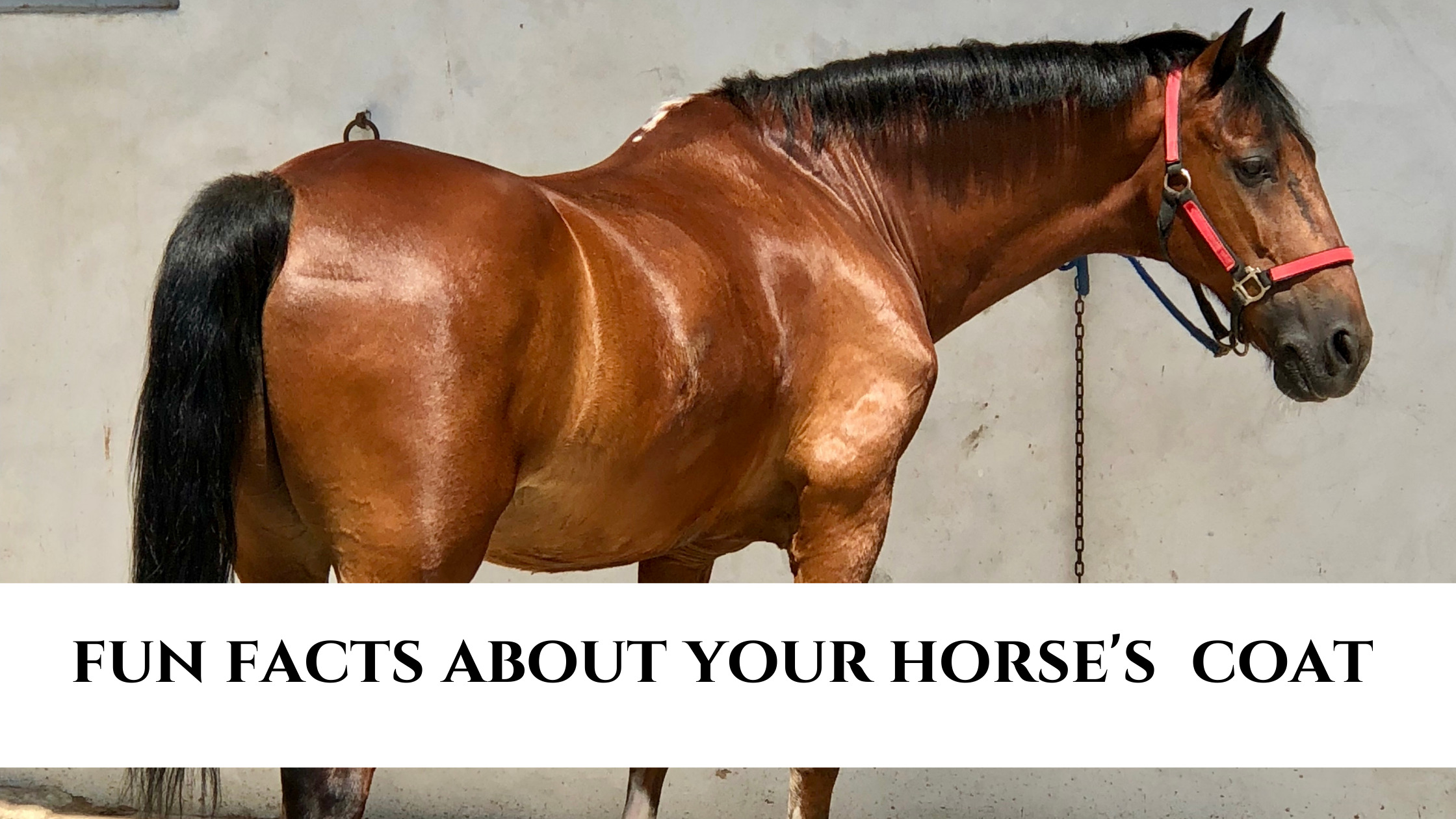Horse hair is a fascinating and versatile material that has been used in various ways throughout history. From traditional crafts to modern applications, horse hair has played a significant role in human culture and industry. One common question that arises when discussing horse hair is, “What is horse hair called?” In this blog post, we will explore the different terms used to refer to horse hair, as well as its uses and significance in different cultures and industries.
What Is Horse Hair Called?

Horse hair, the coarse, long hair that grows on the manes and tails of horses, has several names depending on its specific use and context. The most common term used to refer to horse hair is simply “horsehair.” This term is widely recognized and used in various industries, from fashion to furniture making. The strong and durable nature of horse hair makes it a valuable material for a wide range of applications.
Horsehair in Upholstery
In the world of upholstery, horse hair is often referred to as “horsehair stuffing” or “horsehair fabric.” This type of horse hair is used as a filling material in traditional furniture upholstery. Horsehair stuffing provides a firm and resilient support for furniture cushions and is known for its longevity and ability to maintain its shape over time. The use of horsehair in upholstery dates back centuries and continues to be valued for its unique qualities.
Horsehair in Jewelry
When it comes to jewelry making, horse hair is commonly known as “horsehair jewelry.” This term refers to the practice of using horse hair as a material for crafting unique and personalized jewelry items. Horsehair jewelry can be braided, woven, or incorporated into various designs to create bracelets, necklaces, and other accessories. This form of horse hair usage holds cultural and sentimental significance for many individuals, as it often involves incorporating hair from a beloved horse into a wearable keepsake.
Horsehair in Musical Instruments
In the realm of musical instruments, horse hair is primarily recognized as “bow hair.” The hair used in the bows of string instruments such as violins, violas, cellos, and double basses is traditionally sourced from horses. The specific term “bow hair” is used to differentiate the horse hair used in this context from other types of horse hair. Bow hair is valued for its strength, flexibility, and ability to produce clear and resonant tones when drawn across the strings of the instrument.
Horsehair in Brushes and Brooms
Another common term used to refer to horse hair is “horsehair brush.” Horse hair has been used for centuries in the production of brushes and brooms due to its natural stiffness and durability. Horsehair brushes are particularly prized for their ability to gently yet effectively clean delicate surfaces without causing damage. In addition to brushes, horse hair is also used in the manufacturing of high-quality brooms, where its resilience and ability to trap dust and debris make it an ideal material for sweeping.
Horsehair in Fashion
In the world of fashion and textiles, horse hair is known as “crinoline” or “crin.” This term specifically refers to a stiff, horsehair-infused fabric that is used to add structure and volume to garments, particularly in the construction of skirts and dresses. Crinoline has been a staple in fashion design for centuries, and its use continues to evolve, with modern designers incorporating innovative techniques to create dramatic silhouettes using horsehair-infused materials.
Horsehair in Traditional Crafts
Horse hair has also been traditionally used in various crafts, including pottery and basket weaving. In pottery, horse hair is applied to the surface of the clay before firing, resulting in unique patterns and designs. This technique creates a striking contrast between the natural color of the clay and the charred marks left by the horse hair. In basket weaving, horse hair is incorporated into the weaving process to add strength and texture to the finished baskets.
Horsehair in Grooming and Care
For horse owners and enthusiasts, horse hair is an essential element of grooming and care. The term “mane and tail hair” is often used to refer to the long strands of hair that grow on a horse’s neck and tail. Proper grooming and maintenance of mane and tail hair are crucial for the health and appearance of the horse. Specialized brushes and combs designed for mane and tail care are commonly used to keep the horse’s hair clean, detangled, and neatly groomed.
Horsehair in Art and Craftsmanship
In the world of art and craftsmanship, horse hair is used in various creative ways, from sculpture to jewelry making. Artists and artisans often incorporate horse hair into their work to add texture, symbolism, and a connection to nature. Whether used as a sculpting material or woven into intricate designs, horse hair provides a unique and organic element to artistic creations, reflecting the enduring bond between humans and horses.
Interested in learning more about horse hair and different horse breeds? Check out our articles on red horse names, black horse names, and Medicine Hat horse characteristics for a deeper dive into the fascinating world of horses and their unique attributes!
Conclusion

In conclusion, horse hair is known by various names depending on its specific use and context. Whether referred to as horsehair, bow hair, crinoline, or mane and tail hair, this versatile material holds cultural, practical, and symbolic significance across different industries and traditions. From its traditional use in upholstery and musical instruments to its modern applications in fashion, jewelry, and fine craftsmanship, horse hair continues to inspire creativity and innovation. Understanding the different terms used to describe horse hair sheds light on its diverse roles and enduring value in human culture and craftsmanship.



